 Abraham Lincoln
If given the truth, the people can be depended upon to meet any national crisis...
Abraham Lincoln
If given the truth, the people can be depended upon to meet any national crisis...
 Guildford news...
for Guildford people, brought to you by Guildford reporters - Guildford's own news service
Guildford news...
for Guildford people, brought to you by Guildford reporters - Guildford's own news service
Birdwatcher’s Diary No.268
Published on: 5 Dec, 2022
Updated on: 4 Dec, 2022
By Malcolm Fincham
Inclement Atlantic westerlies continued the theme for November as we drifted into the second half of the month.
Despite the forecast, my wife and I took the opportunity of a much overdue break down to Devon.
It had been our first chance to get away for a few days in over a year. Although intentions were for it not to be a birdwatching holiday, I decided to take my cameras just in case, for a few scenic shots at least.
It would have been rude of course not to pay respect to a lesser known species of gull that happened to be visiting Exeter Quay while on our travels.
It had previously been reported near to Cricklepit Bridge by the quayside.
The cost for me was a pot of tea and a slice of carrot cake for my wife at one of the numerous cafes by the quayside while I set off in an attempt to find the glaucous gull.
Eventually, I found my ‘target’ bird among a group of other gulls and feral pigeons gathering for their daily feed from the locals.
Glaucous gulls are the only kind of large gull found in the highest reaches of the Arctic during summer and the second-largest gull in the world.
They breed in Arctic regions of the Northern Hemisphere and winter from in the North Atlantic to the North Pacific oceans. A few, as with this one, occasionally winter in the British Isles.
An added interesting sight while there was a pair of black swans on the river.
Taking in many of the scenic autumn views as we travelled north across the rolling Devon hillsides, we eventually arrived at our residence on the northern side of the county.
Unlike the gentle rolling Surrey Hills, we found steep slopes and dells that made for faster flowing streams and rivers. Thus being a perfect habitat for a rather special kind of bird rarely seen anywhere close to the Surrey borders.
On the River Lyn, at Lynmouth, while mesmerised by the constant flow of water down through the boulders and stones, several dippers could be viewed.
They dipped between the rocks disappearing out of sight beneath the water to feed on small invertebrates within the substrate.
On the moorlands of Exmoor a few of the infamous Exmoor ponies could be viewed.
As much of an interest to me are the large groups of golden plovers that winter there. Some could be occasionally seen, disturbed into flight in flocks of 50 or more.
For the most part, continued inclement weather and shortening daylight hours restricted us to the contentment of the surrounding views from the place where we stayed.
From our vista we looked down through the valleys and watched the mist as it evaporated in the morning light.
Distant red deer ambled across the hillside.
While a pair of common buzzards, with what appeared to be one of its young, spent their time feeding on grubs and small vermin among the sheep in the surrounding fields.
A pair of ravens were also a daily sighting, often first heard making their guttural cronking sounds.
At nightfall, we listened out for the sound of tawny owls. My wife even glimpsing one as it passed by the kitchen window.
For us, it was far from a holiday for chasing rainbows. We just let them come to us for a change.
Returning to Guildford, I decided, as earlier in the month, to again visit Tice’s Meadow, http://www.ticesmeadow.org/ near Aldershot. This was on November 22.
As on my previous visit, a great white egret was once again making an appearance. On this occasion, for a while at least, a little closer to view from the waterside hide.
Continuing to be a surprise sighting there, although distant to view across the meadow, were two Dartford warblers – some way from their natural heathland habitat.
Adding to the day’s sightings, several gadwall ducks were present close to the hide.
A great crested grebe passed by close to the hide.
While a growing number of pochard could be viewed.
And wigeon were also present.
A group of 50 or so lapwings took flight across the water, only to reposition themselves on another section along the far bank.
By the latter weeks of November the first pair of goosanders had arrived back to take up their annual winter residence on Cutt Mill Ponds in Puttenham.
While the resident mandarin ducks continued to be viewed out on the water.
As the last days of the month approached, the dominance of low pressure systems bringing wet and windy westerlies began to wane.
High pressure had begun to build to the north of the UK and across Scandinavia blocking the Atlantic flow. A retrograde in the airmass had begun to bring light winds from the east lowering temperatures down to single figures, with several damp and overcast days.
Far from best for photography, nonetheless I visited Worplesdon churchyard at Perry Hill.
By now the yew berries had already been depleted by the winter thrushes.
The redwings, still present, had now found the holly berries ripe enough to consume and could be seen busy working their way through them.
Dank and dreary weather made for a challenge in my photography at Britten’s Pond too.
Two juvenile-looking great crested grebes could be seen out on the water.
While a small group of long tailed tits did a circuit around the lakeside.
But apart from a dozen or so black-headed gulls, all was still and quiet across the water.
Raising my hopes for the coming weeks have been reports of more than 250 Bohemian waxwings along the north and east coasts of the UK. For me, an irruption of these birds would be a welcome sight.
It has been nearly a decade since the last winter influx of these endearing birds from across the North Sea. And with winds turning to easterlies, things were starting to look hopeful they might once again grace our berry bushes within the Surrey Hills.
Browsing through my achieve of photos, I have decided to show a few, for readers unfamiliar with such delightful birds, and what to look out for.
I really can’t believe it was that long ago when I last saw and took photos of them!
Responses to Birdwatcher’s Diary No.268
Leave a Comment Cancel replyPlease see our comments policy. All comments are moderated and may take time to appear. Full names, or at least initial and surname, must be given.
Recent Articles
- School Head Says There Should Be VAT Exemptions for SEN Kids
- SCC Leader Seeking Postponement of County Council Elections to Focus on Devolution
- Letter: Banning Cousin Marriages Would Be Wrong
- Column: Guildford’s MP Writes – Greener, Fairer, Thriving
- Deepcut To Become the First New Parish in Surrey This Century
- Notice: Run for Charity
- Letter: Happy New Year
- Mole Valley Best Place to Live in the South East
- ‘Truly Inspiring’ Musical Event Brings Generations Together
- Guildford to Gatwick Line to Close for Two Weeks to Allow Critical Upgrades


Recent Comments
- Ricky Sonn on Column: Guildford’s MP Writes – Greener, Fairer, Thriving
- Stephen Spark on Column: Guildford’s MP Writes – Greener, Fairer, Thriving
- David Wheeler on Football Pitches Approved as Part of Secretts Redevelopment
- Ben Paton on Letter: A Surge of Discontent Calls for Accountability and Change
- Barbara Ford on Letter: A Surge of Discontent Calls for Accountability and Change
- John Ferns on Letter: A Surge of Discontent Calls for Accountability and Change
Search in Site
Media Gallery
Dragon Interview: Local Artist Leaves Her Mark At One of England’s Most Historic Buildings
January 21, 2023 / No Comment / Read MoreDragon Interview: Lib Dem Planning Chair: ‘Current Policy Doesn’t Work for Local People’
January 19, 2023 / No Comment / Read MoreA3 Tunnel in Guildford ‘Necessary’ for New Homes, Says Guildford’s MP
January 10, 2023 / No Comment / Read More‘Madness’ for London Road Scheme to Go Ahead Against ‘Huge Opposition’, Says SCC Leader
January 6, 2023 / No Comment / Read MoreCouncillor’s Son Starts Campaign for More Consultation on North Street Plan
December 30, 2022 / No Comment / Read MoreCounty Council Climbs Down Over London Road Works – Further ‘Engagement’ Period Announced
December 14, 2022 / No Comment / Read MoreDragon Interview: GBC Reaction to the Government’s Expected Decision to Relax Housing Targets
December 7, 2022 / No Comment / Read MoreHow Can Our Town Centre Businesses Recover? Watch the Shop Front Debate
May 18, 2020 / No Comment / Read More




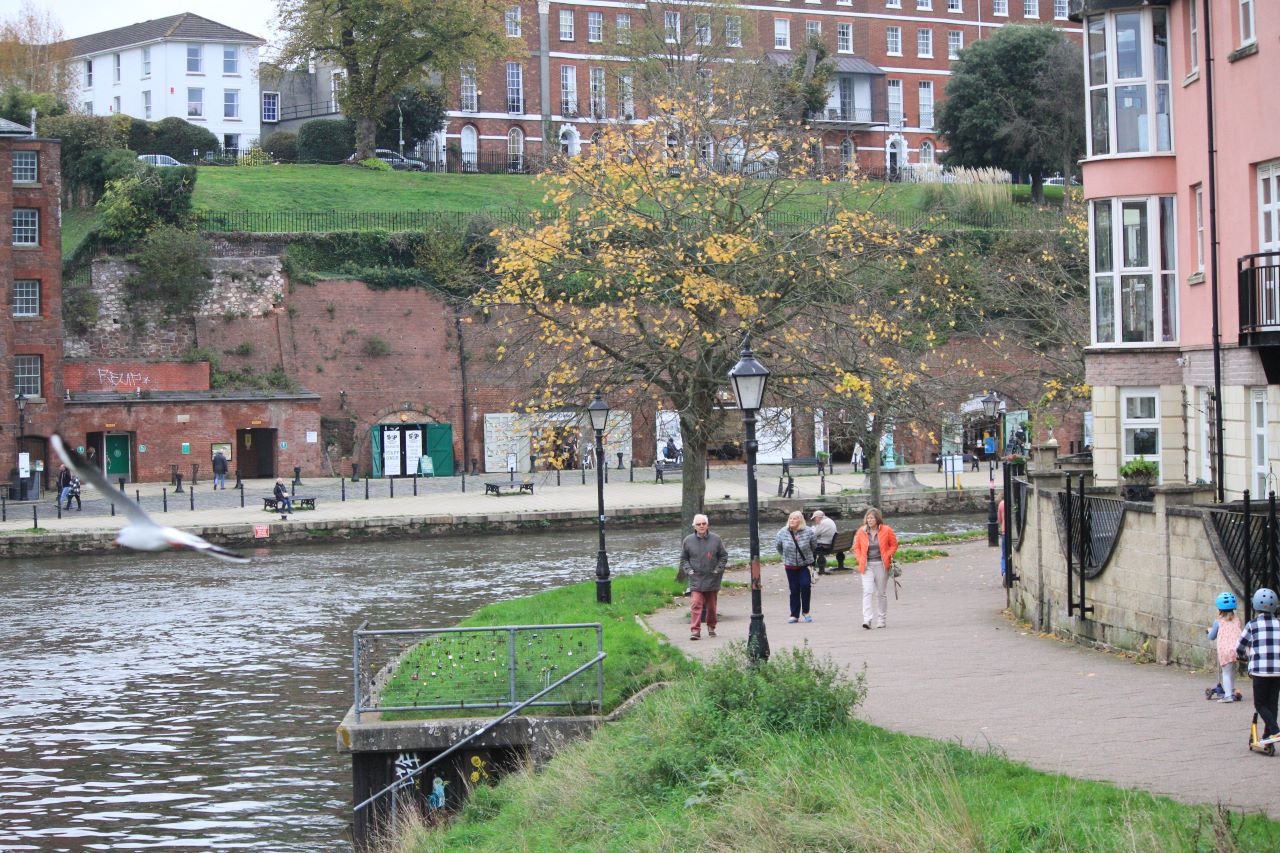
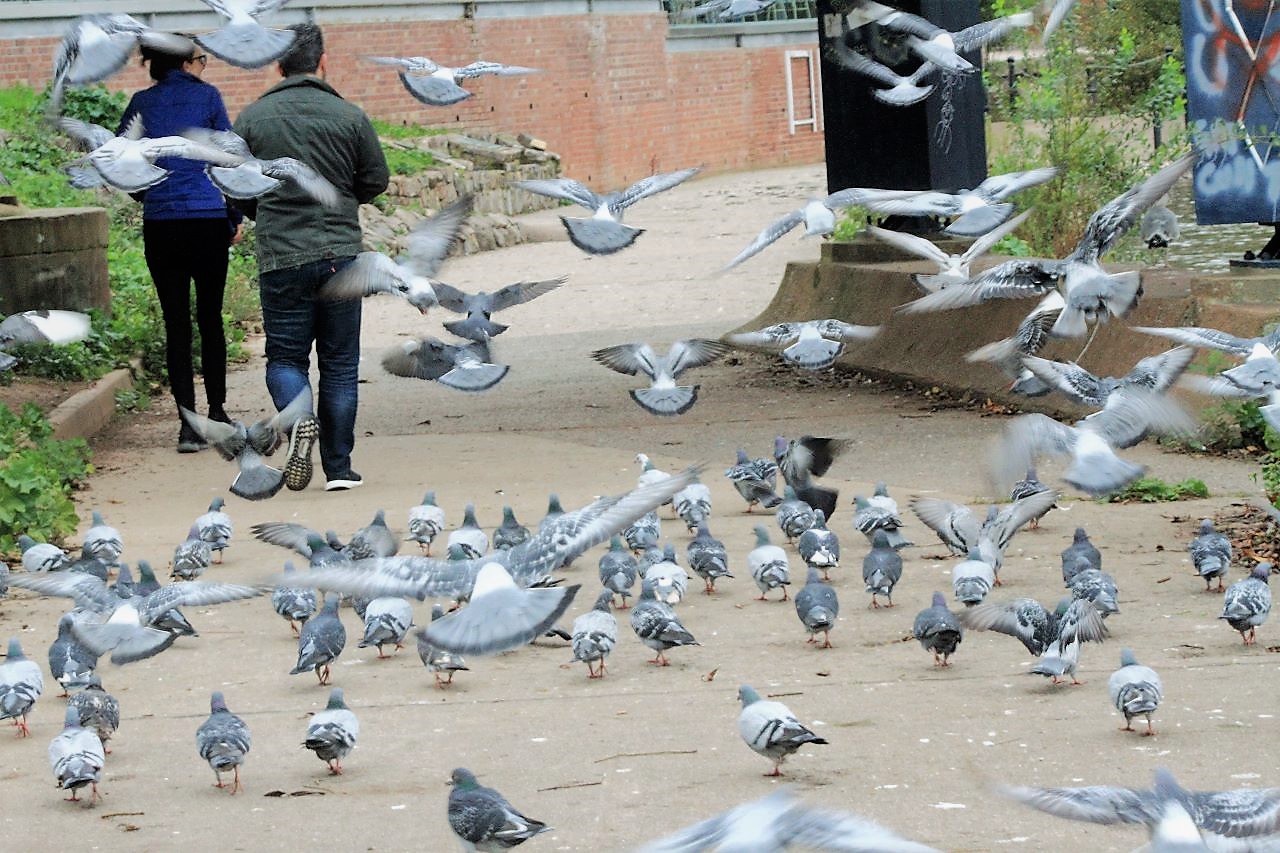
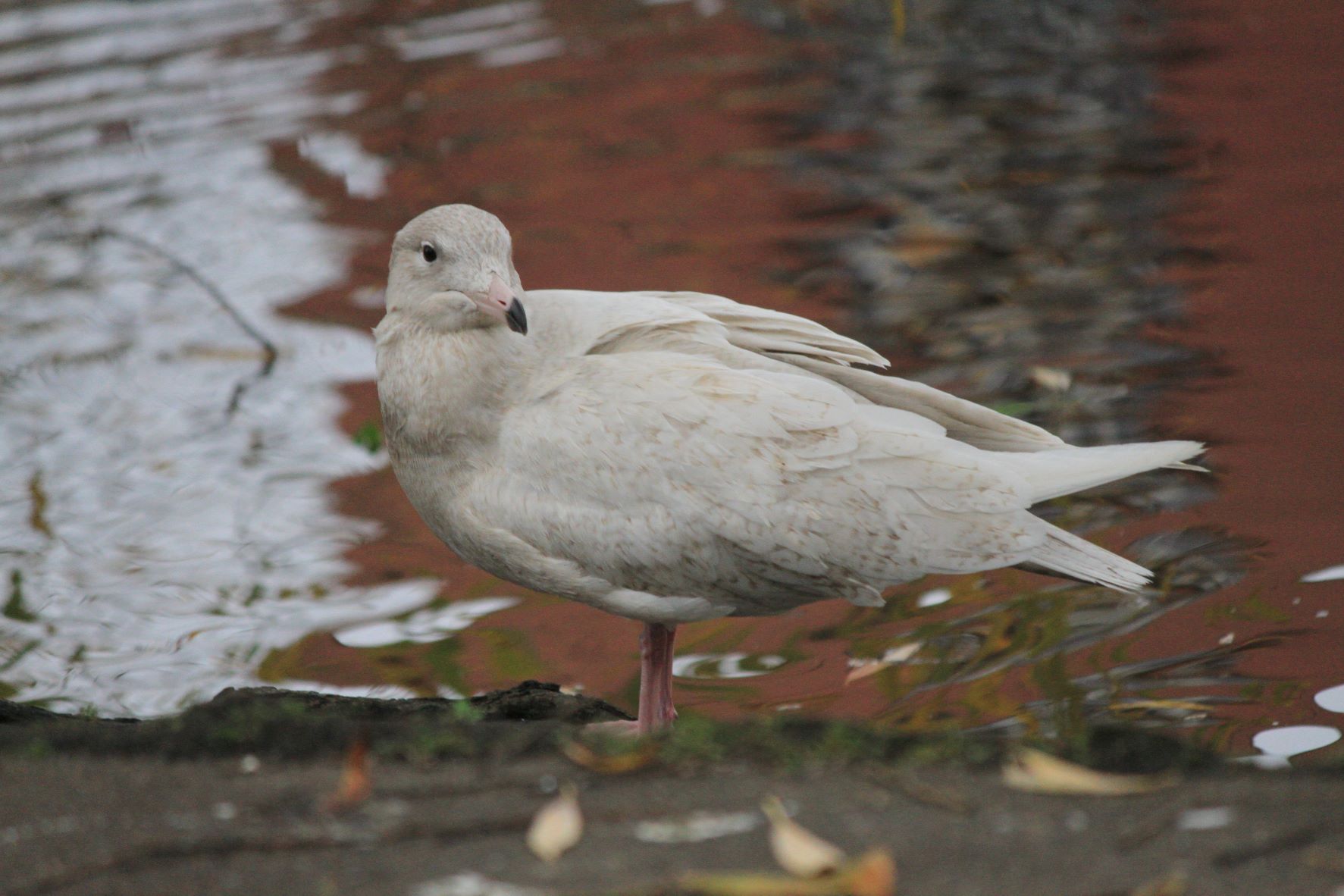
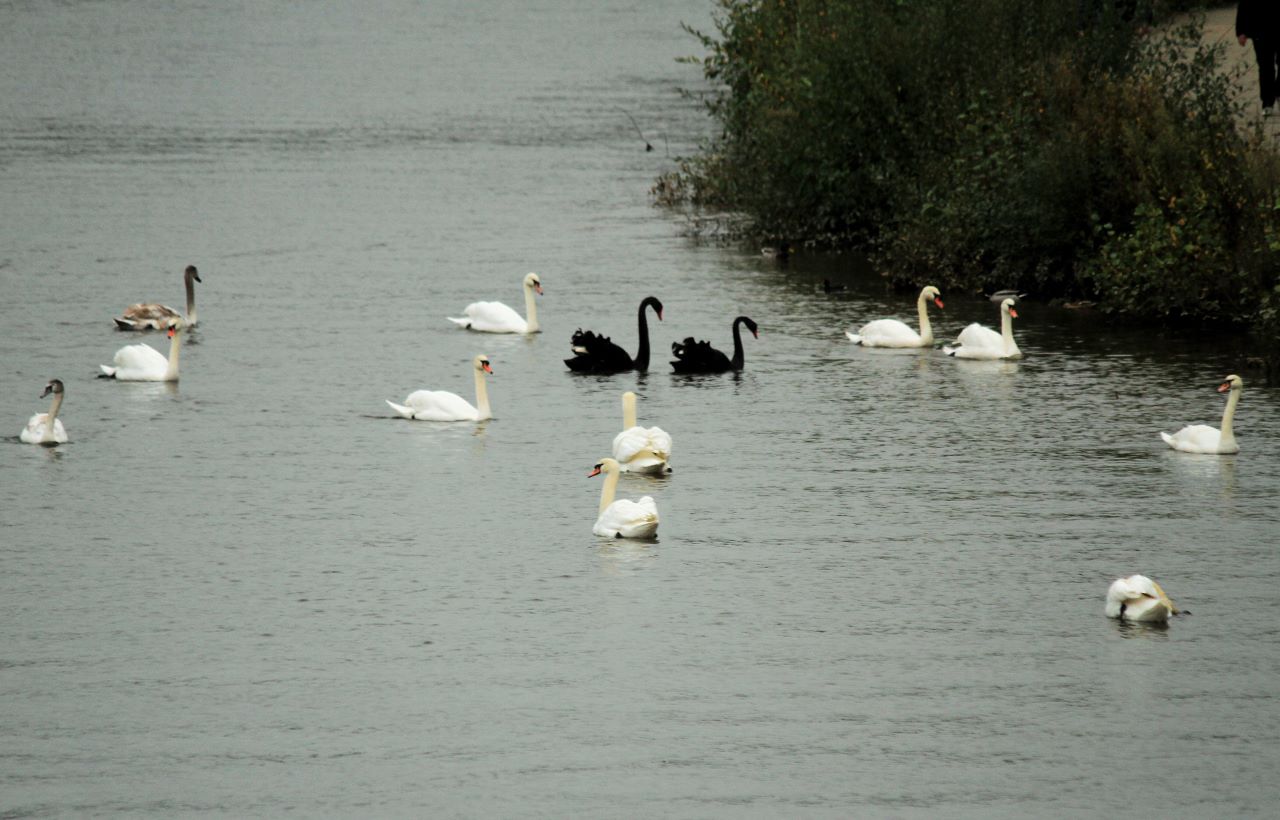
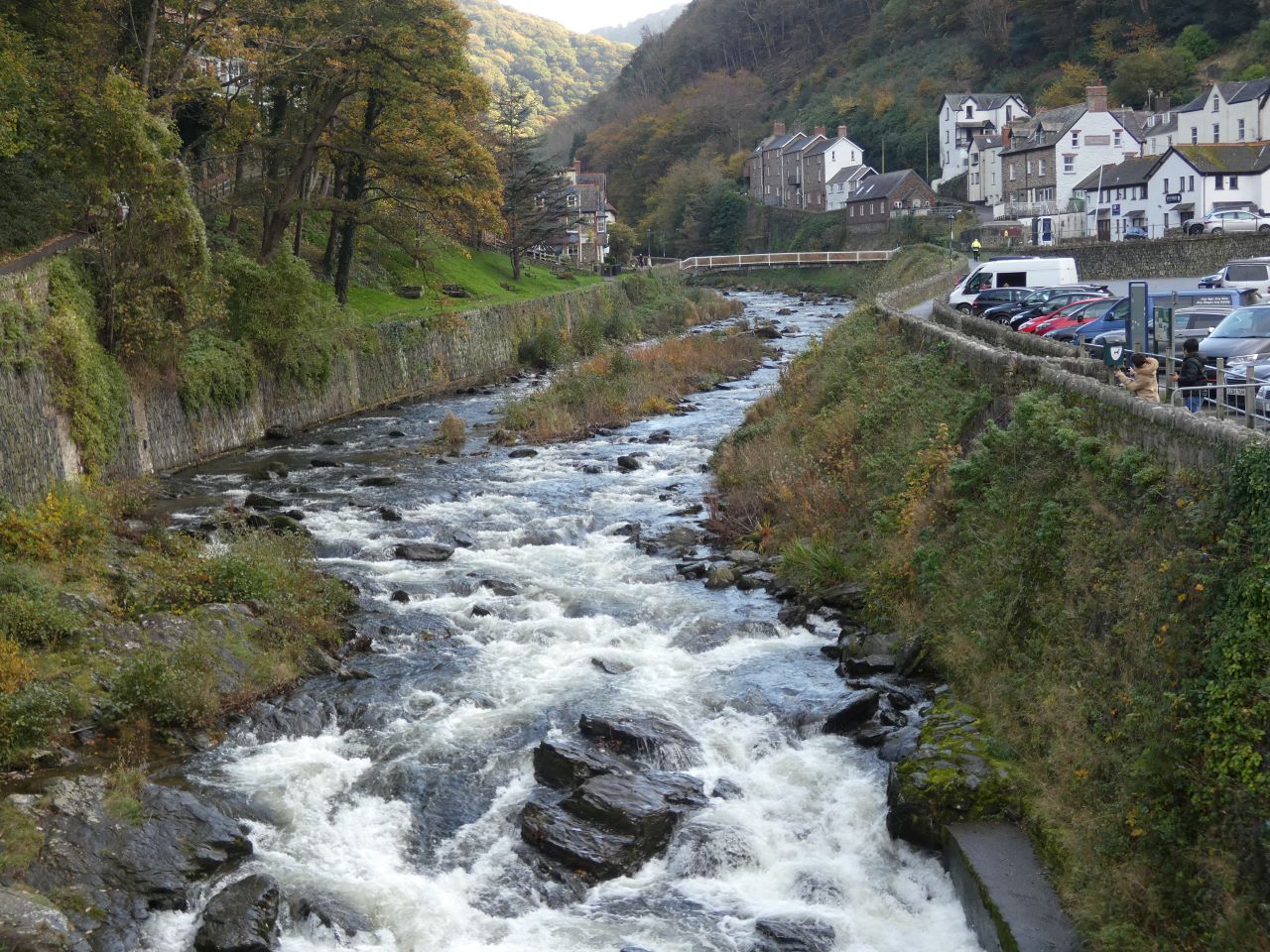
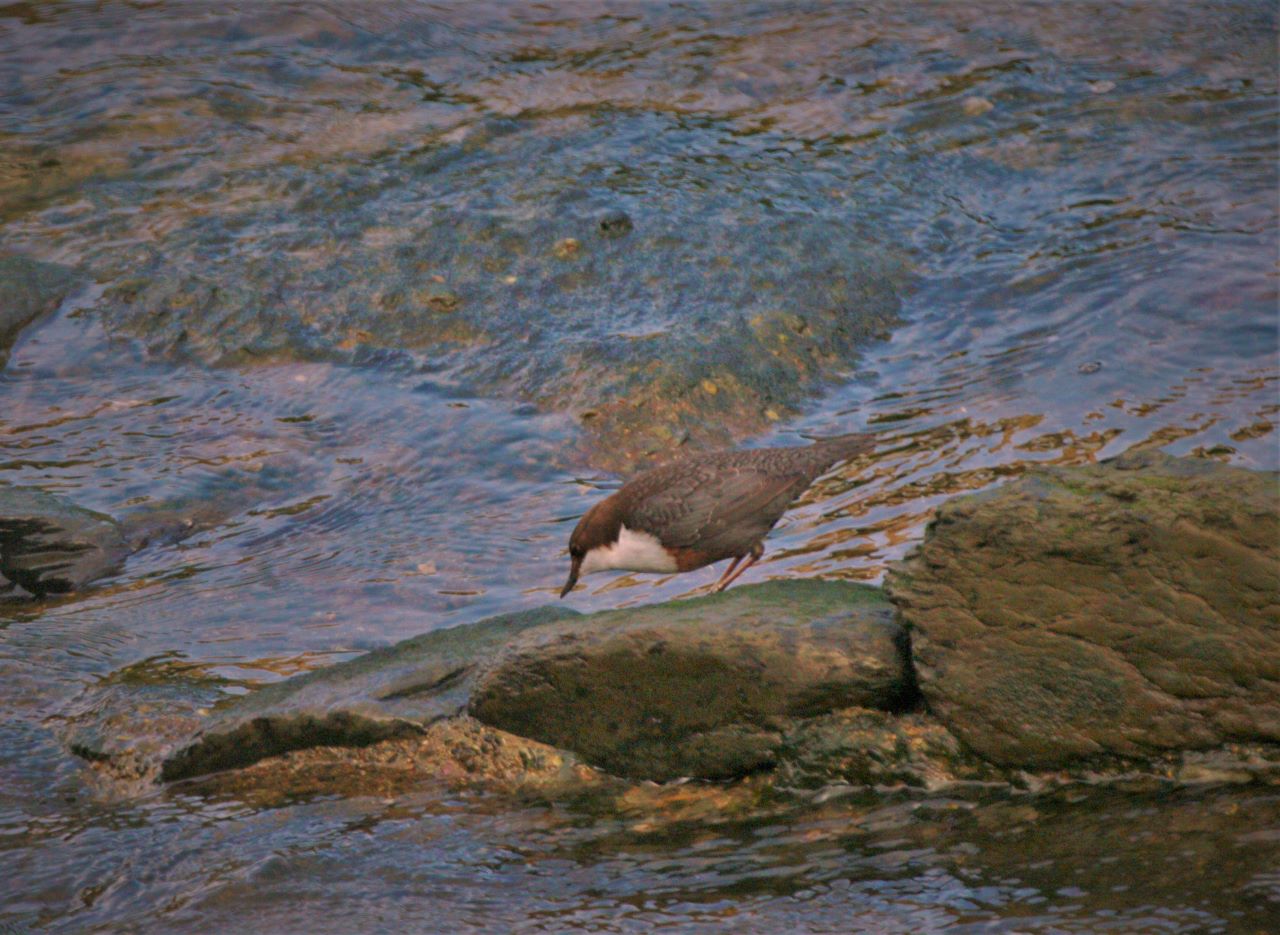
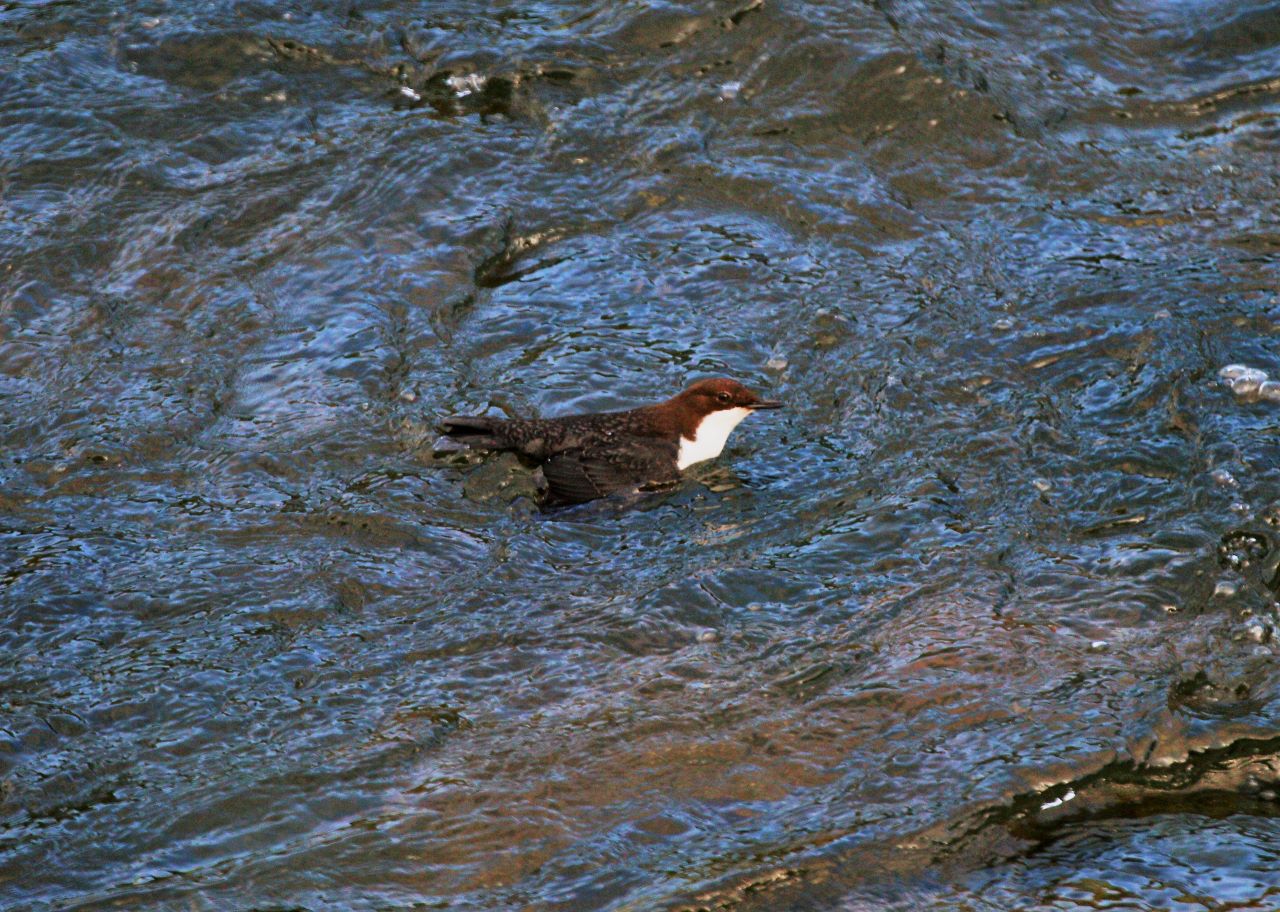
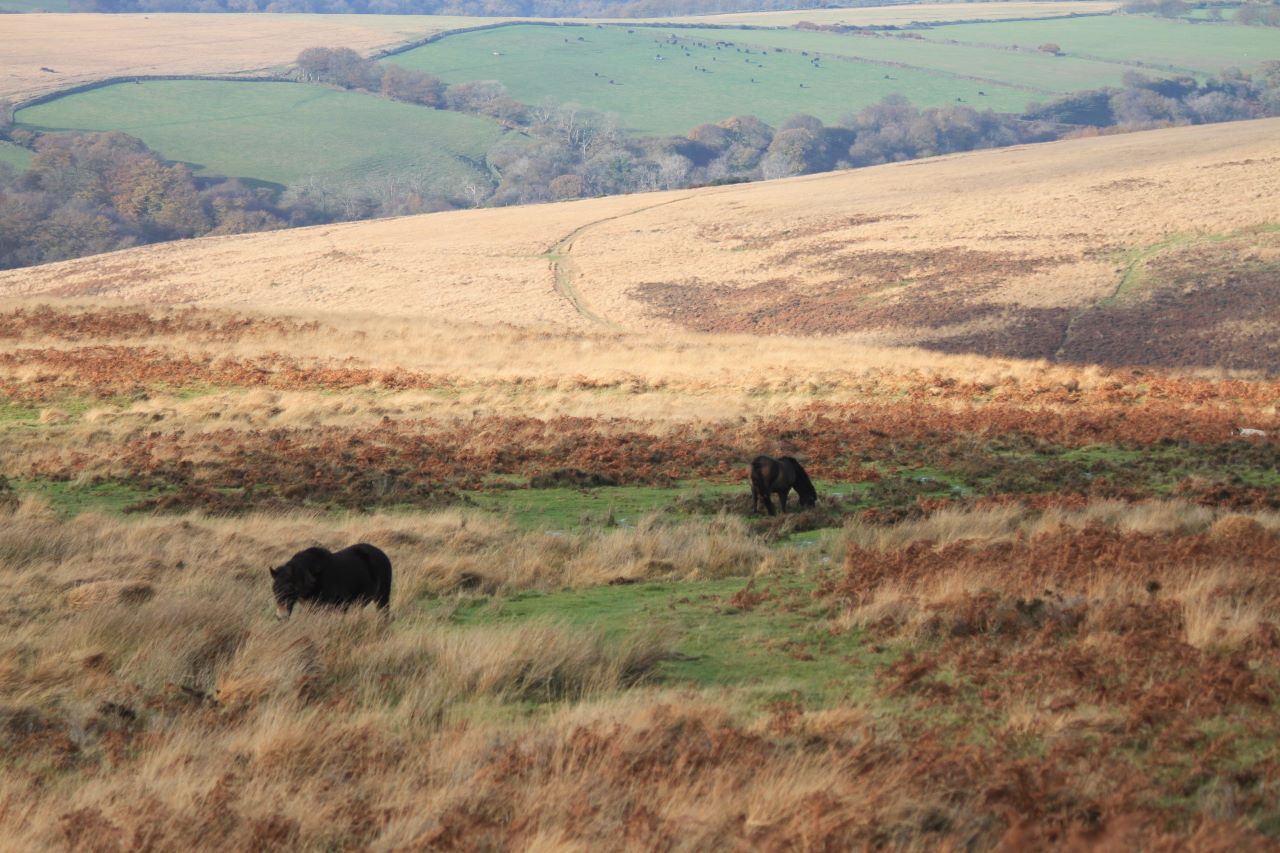

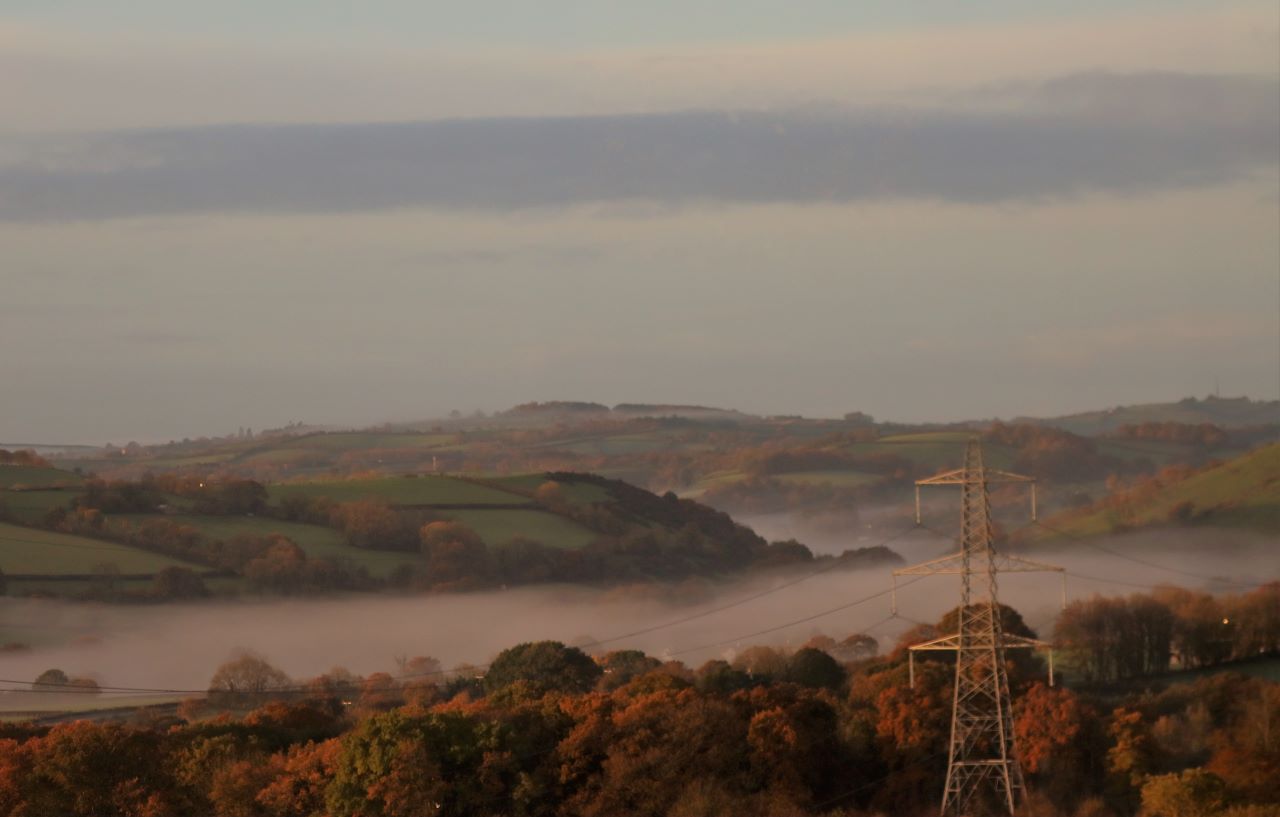
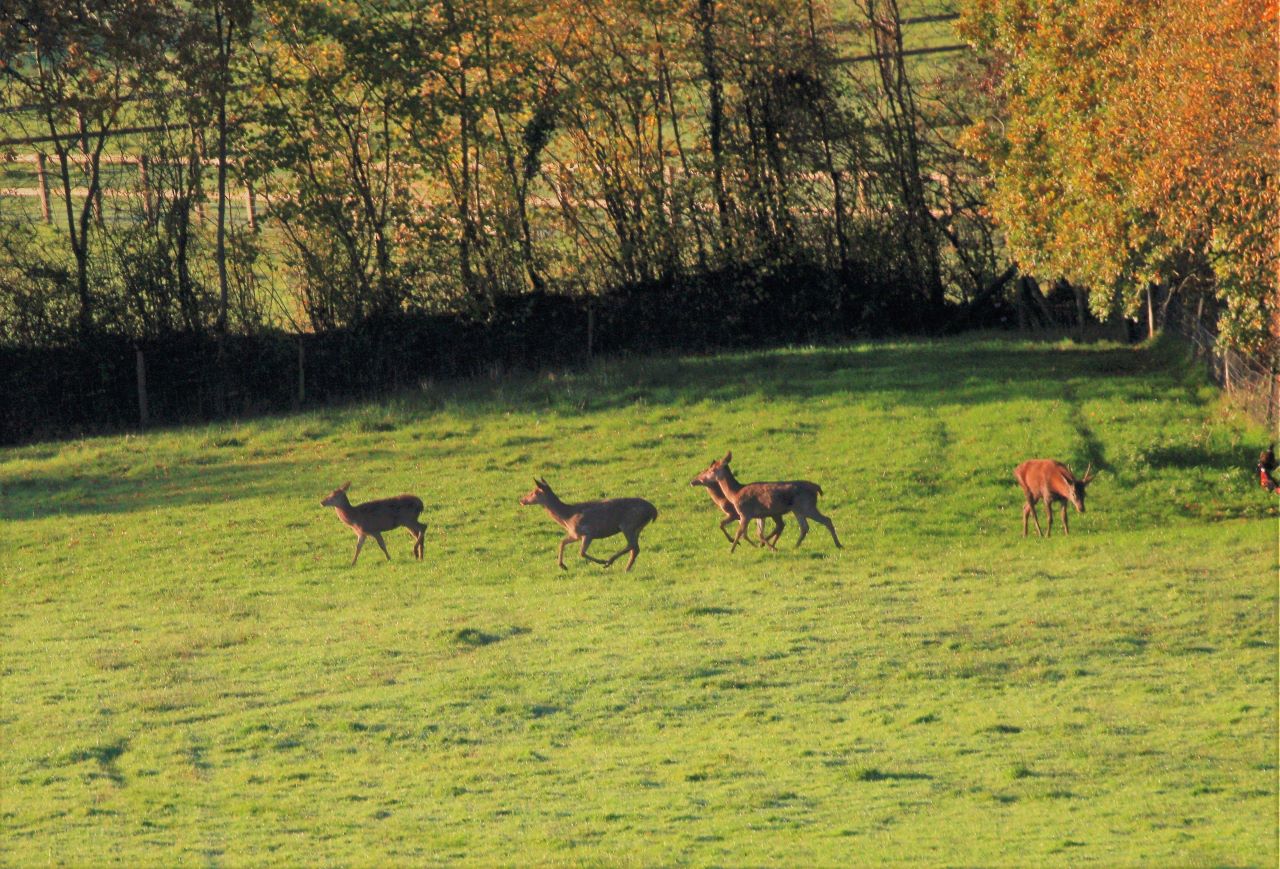

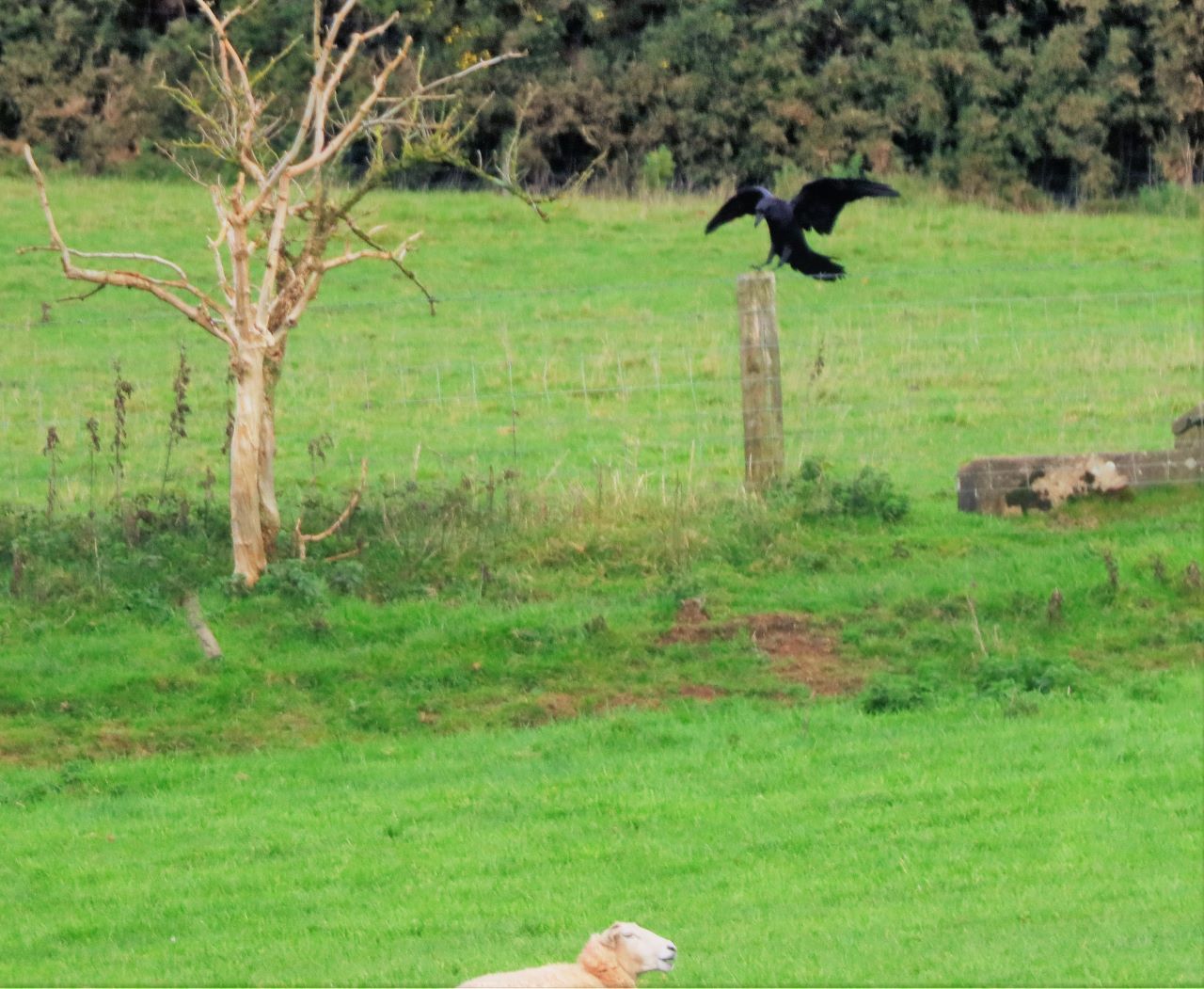
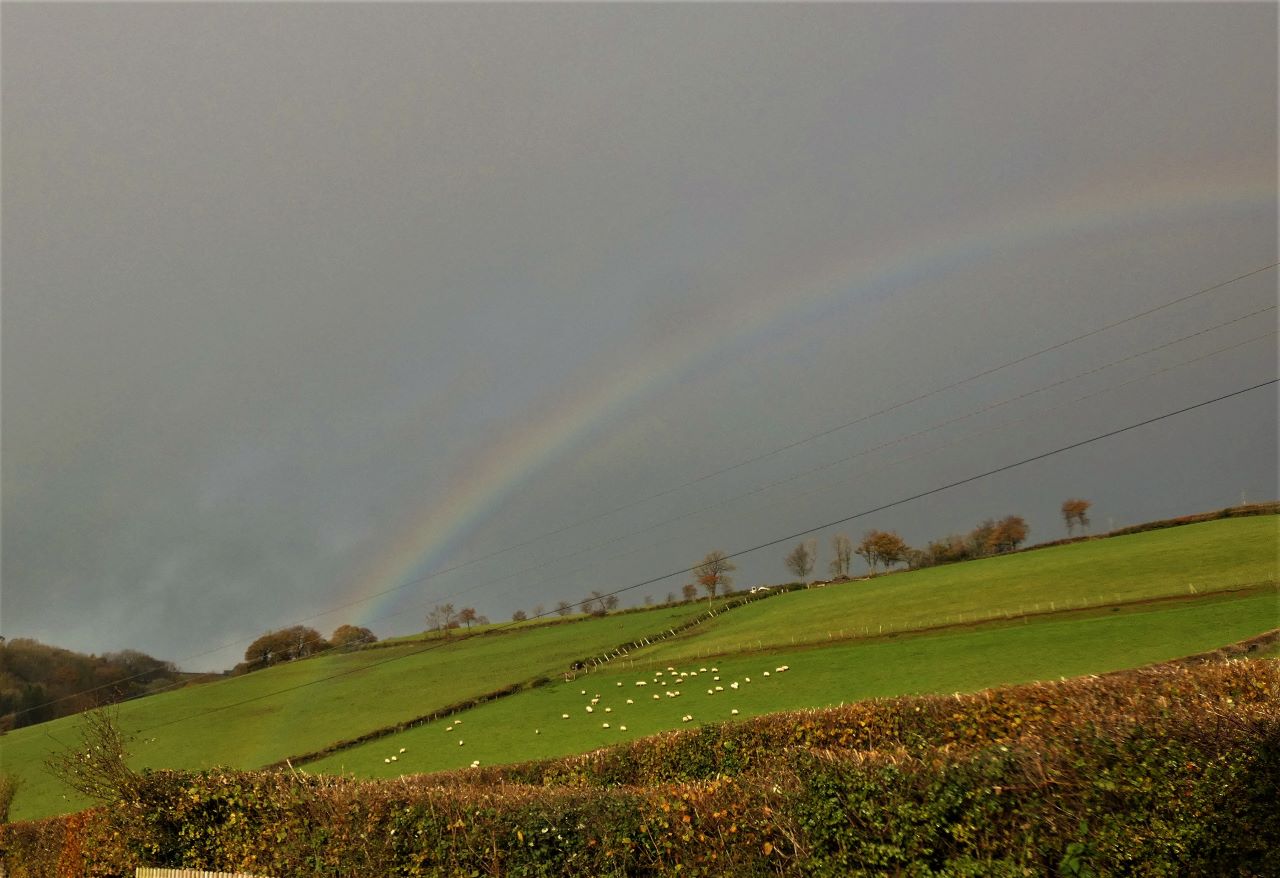
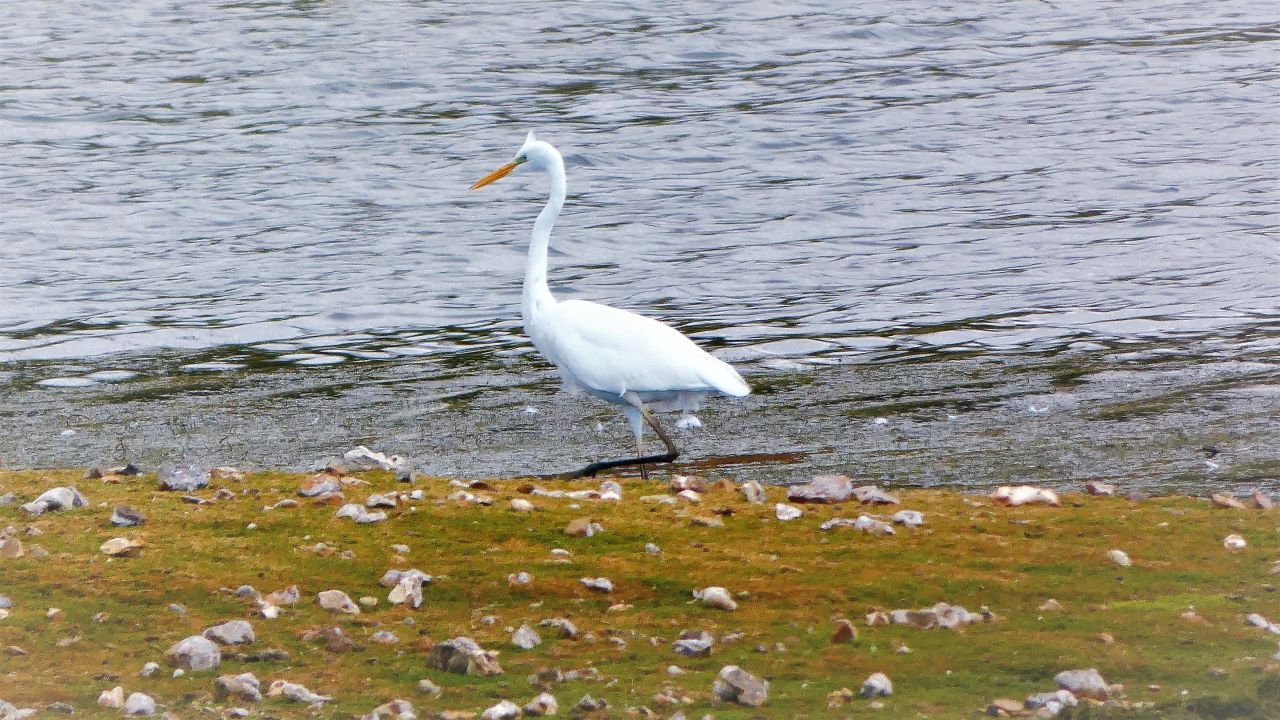

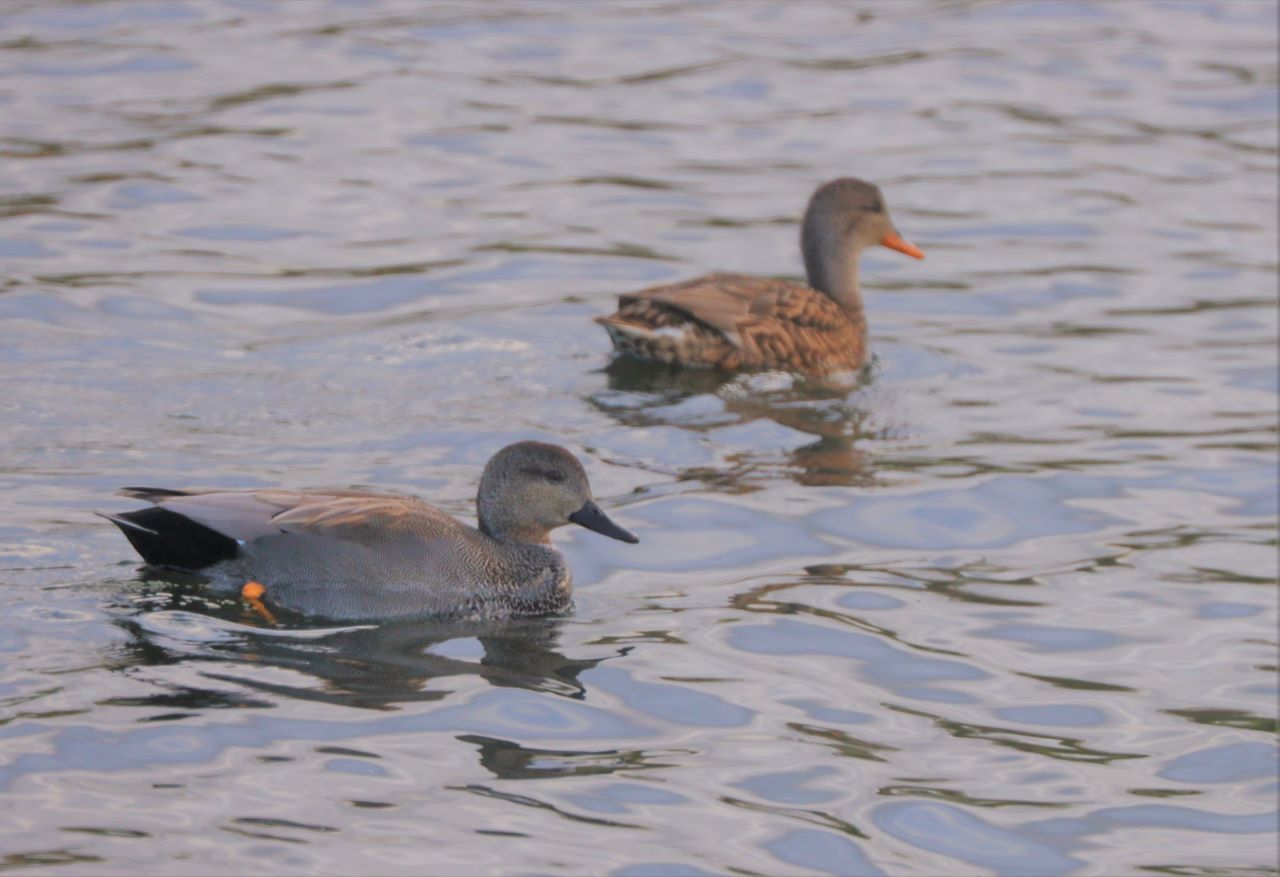
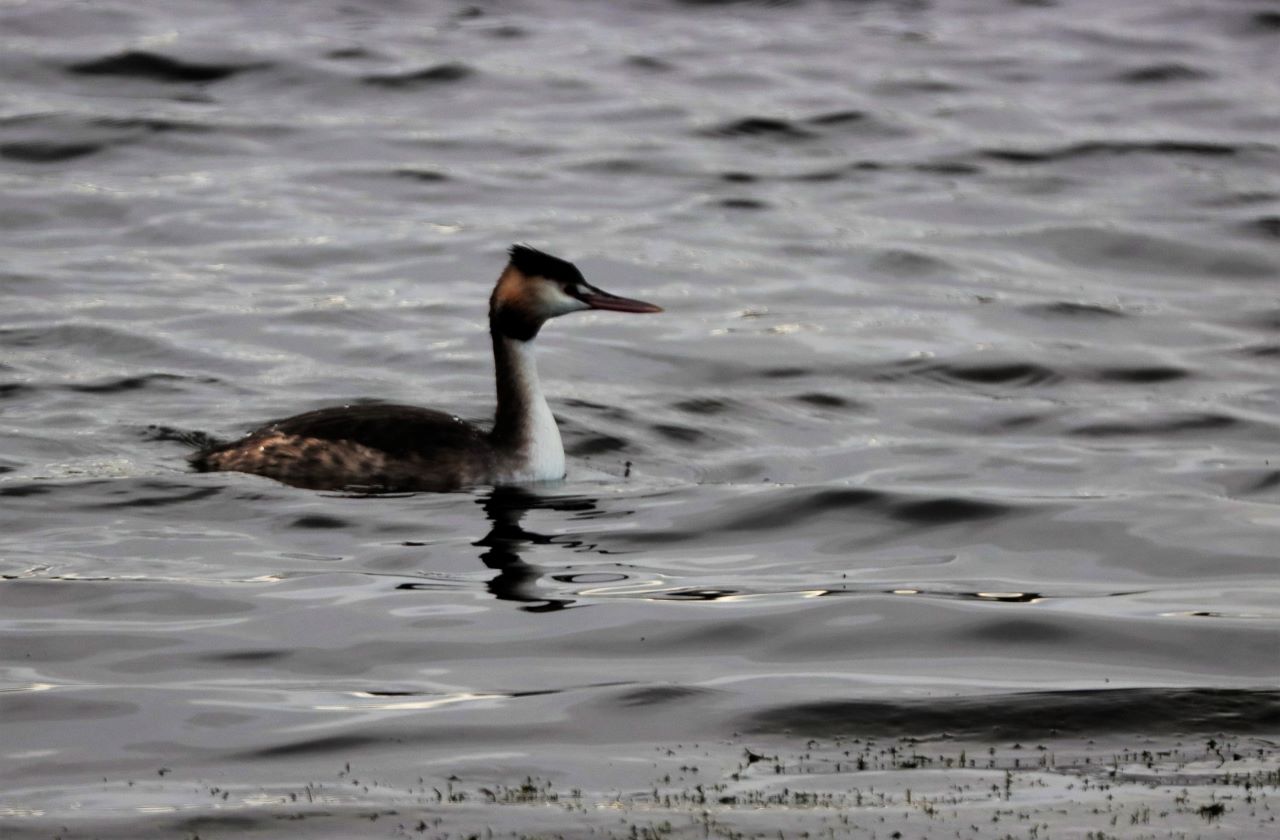

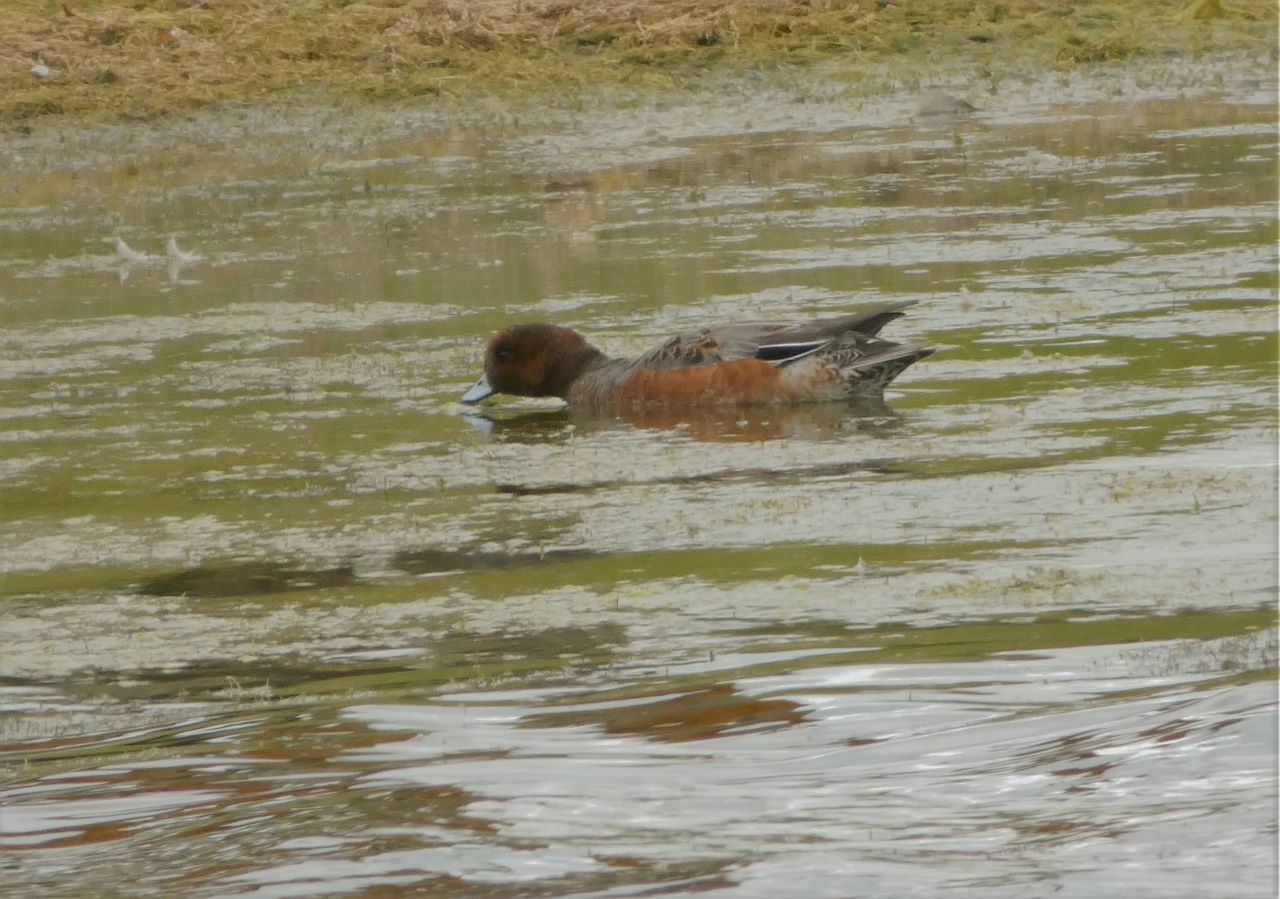

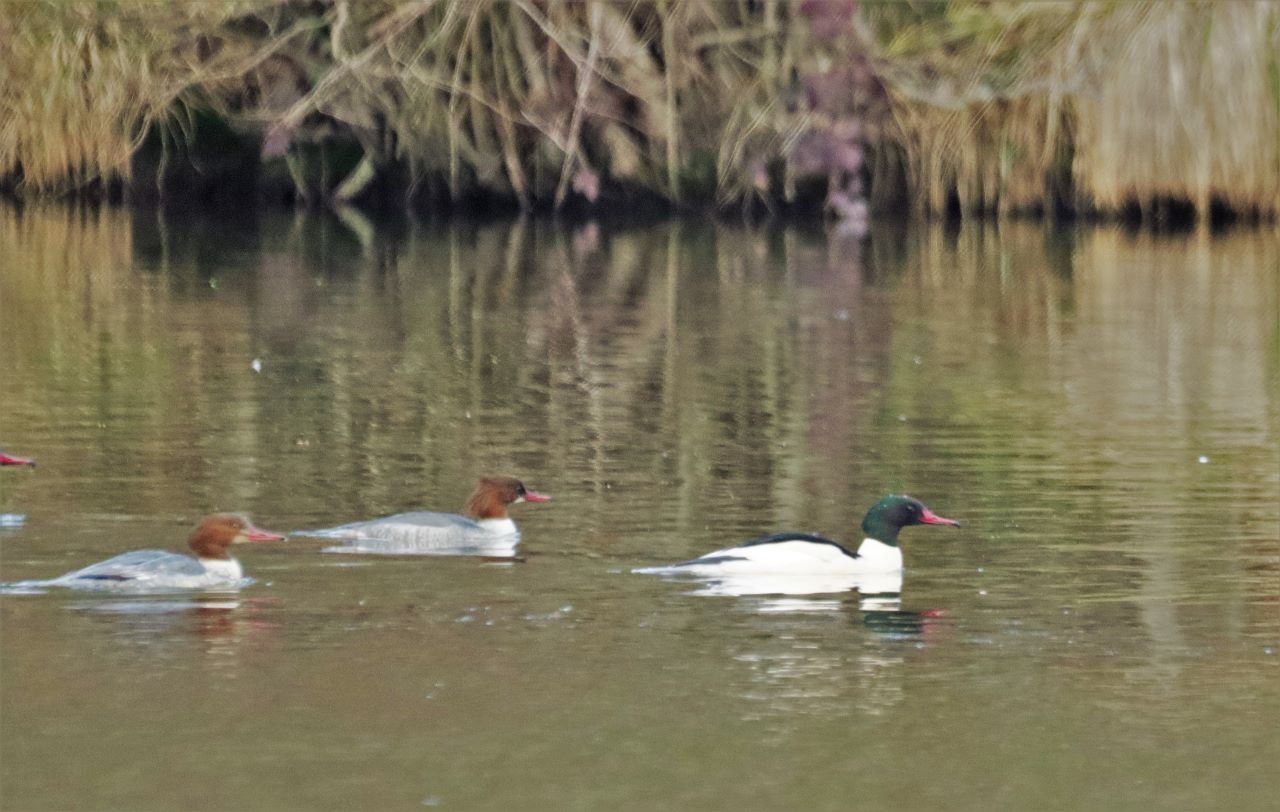
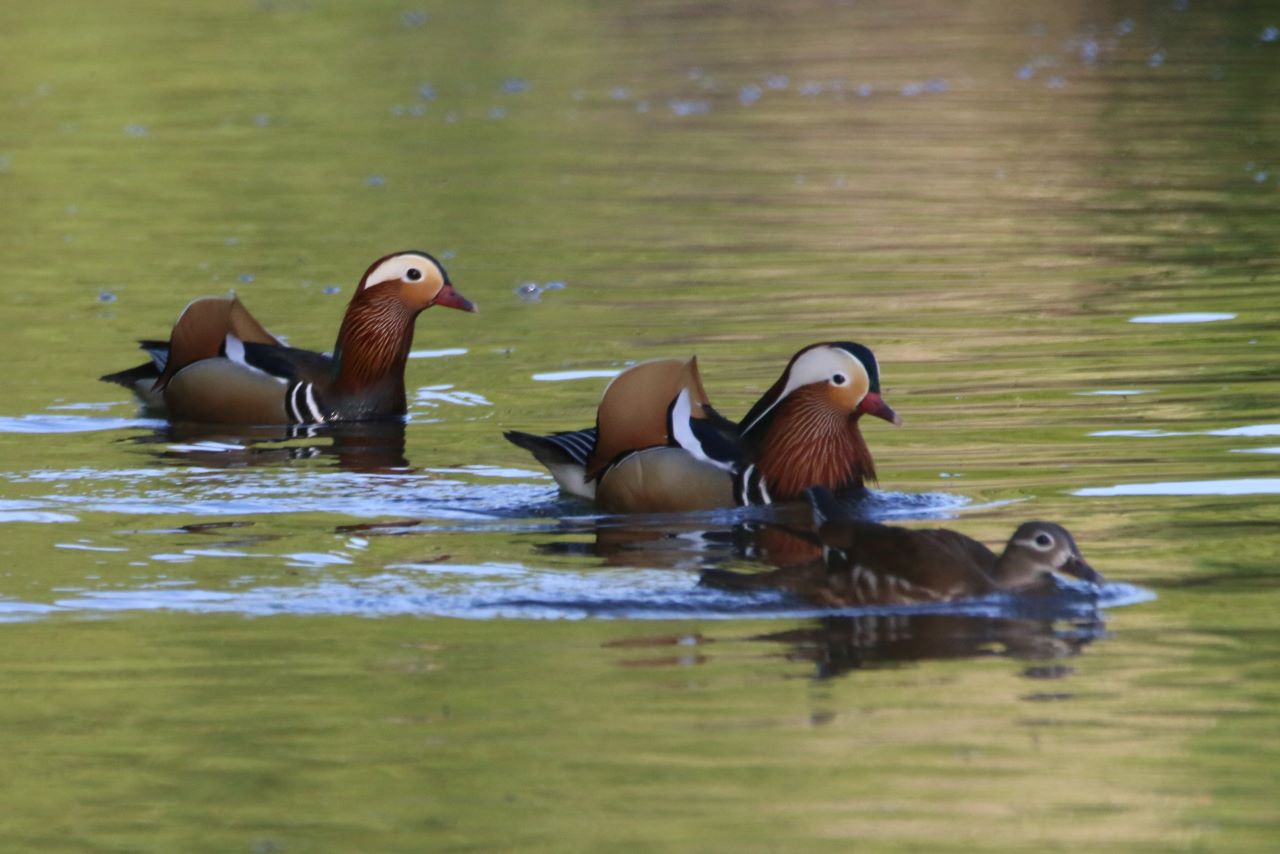
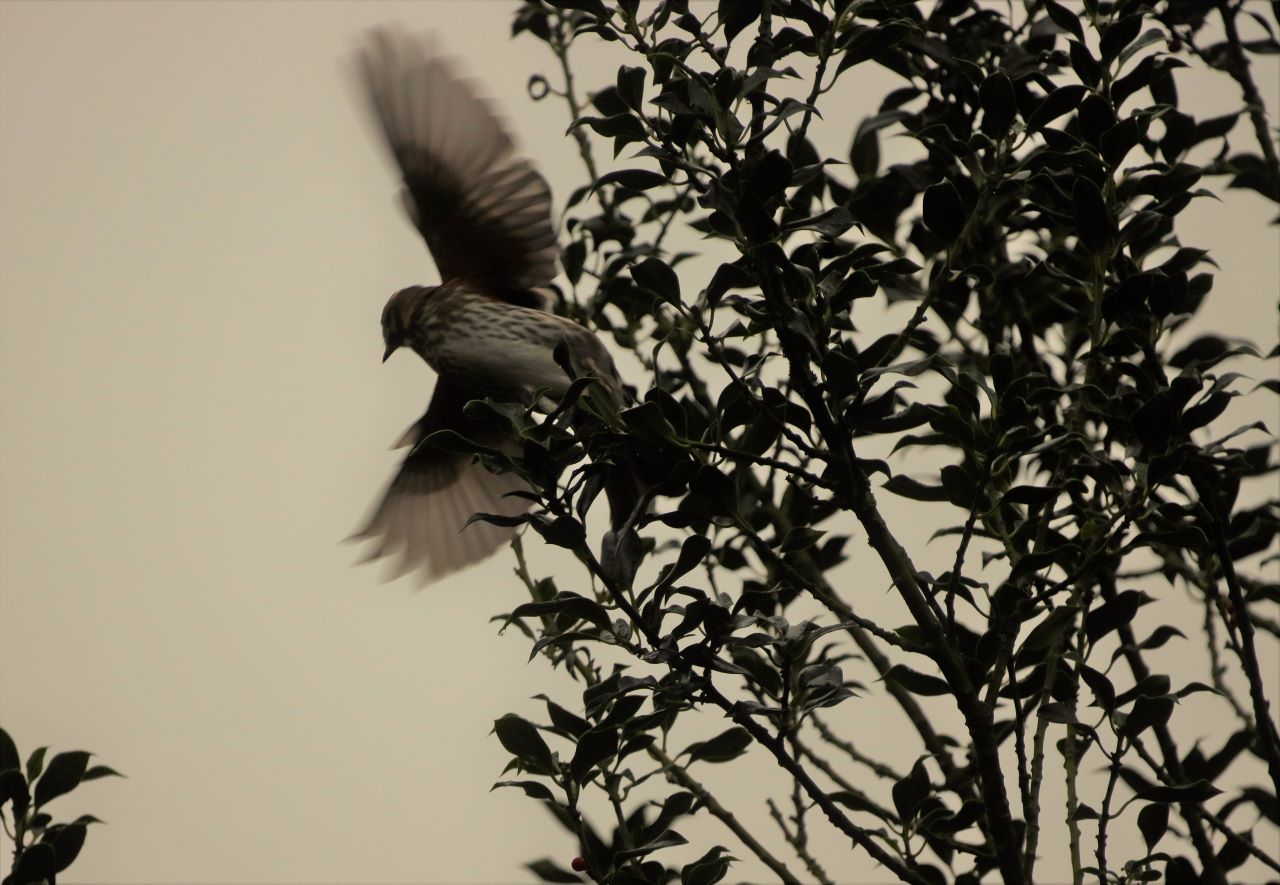

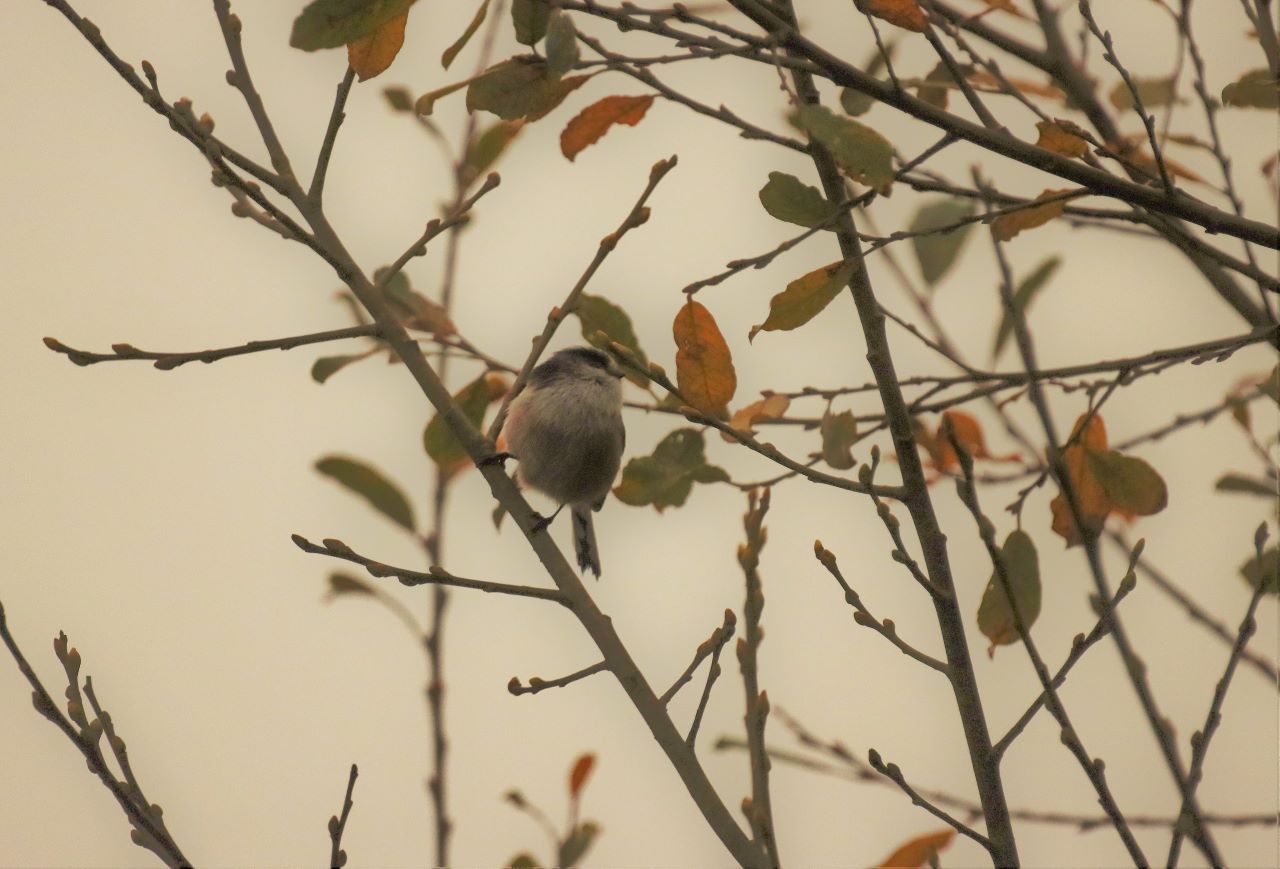
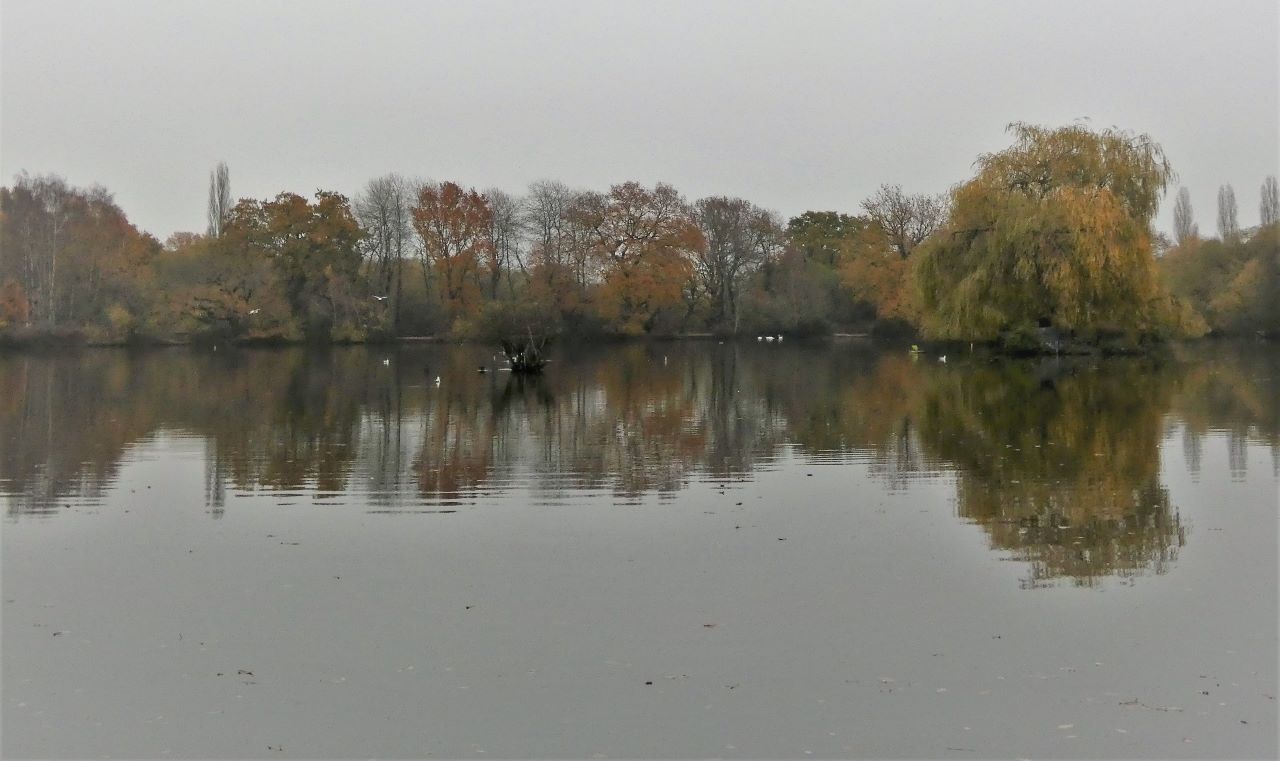
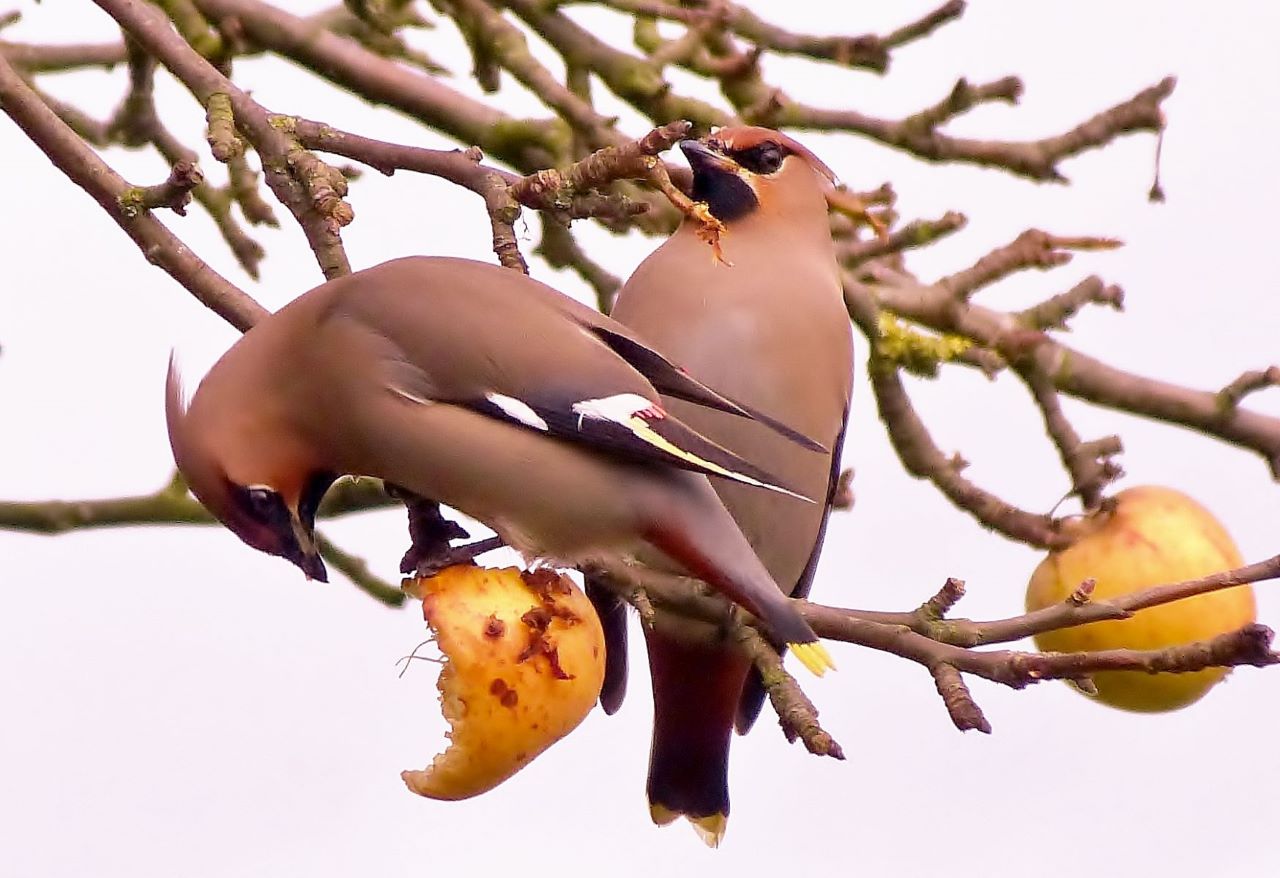
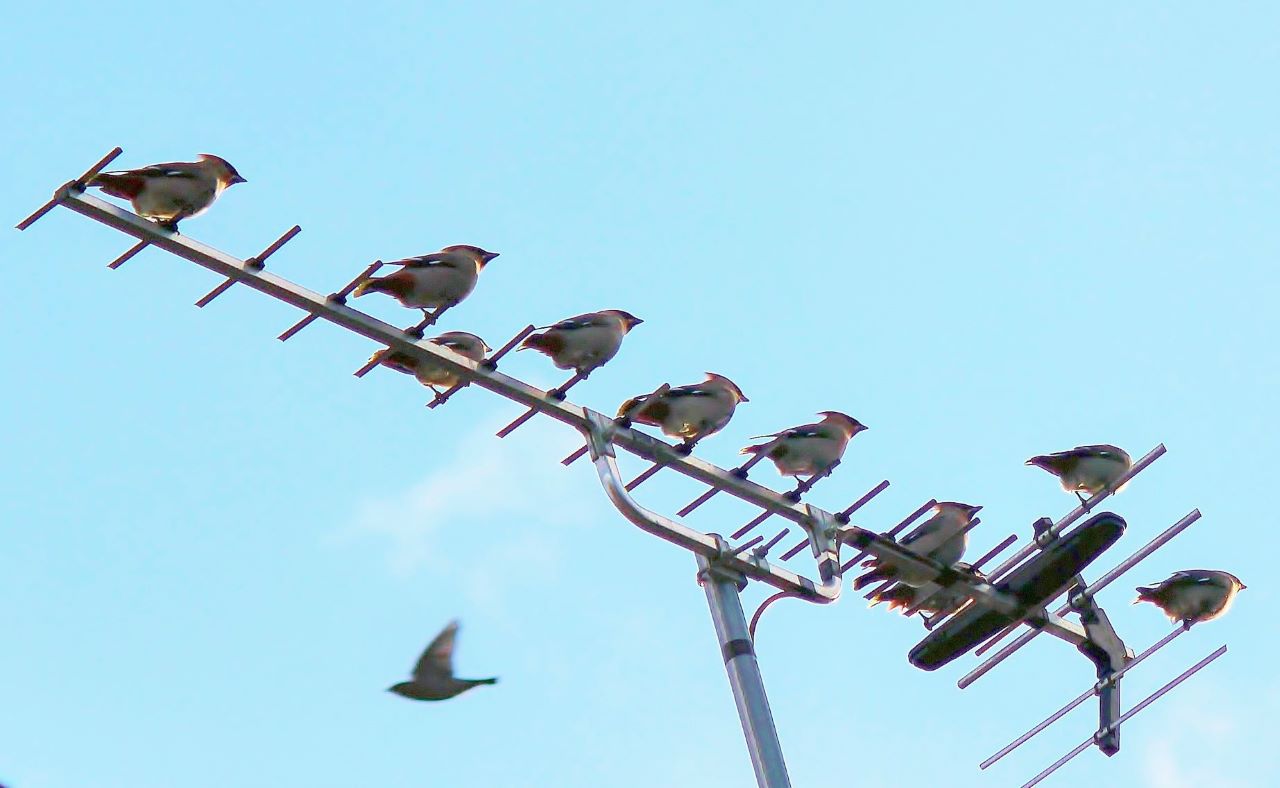







Susan Smith
December 5, 2022 at 4:14 pm
Some lovely photos in that article well done!
Carolyn Armstrong
December 6, 2022 at 9:27 am
I always like reading the Birdwatchers Diary. Great article this time and I hope I get to see the waxwings.
Gillian Patricia Stokes
December 6, 2022 at 9:53 am
Thanks for this report. North Devon is my favourite place. I have seen most of your birds but golden plovers over Exmoor is news to me.
Exeter Quay: not seen glaucous gull but black swans great. Always see dippers; clever smart dudes like most birds.